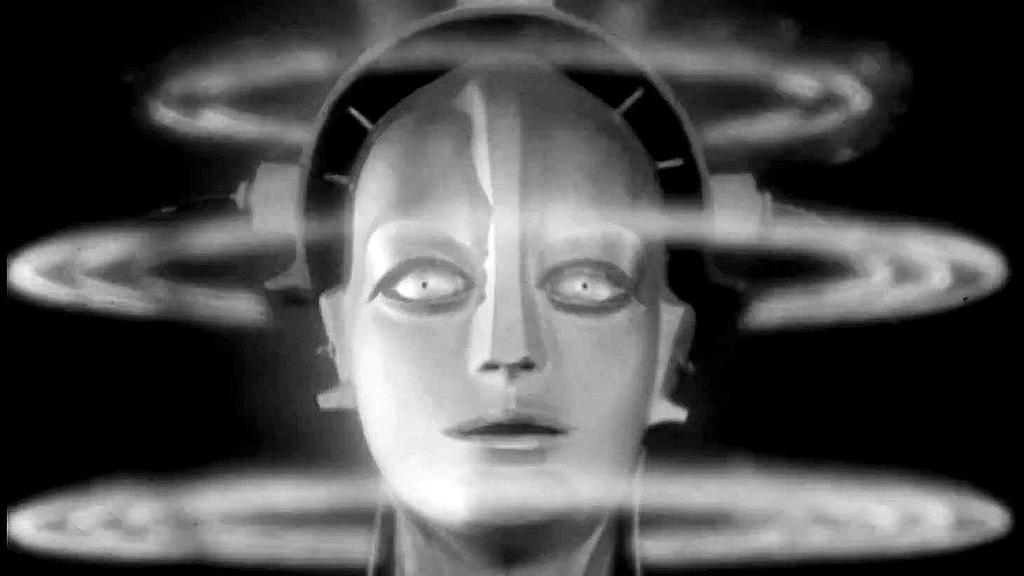
Metropolis
Share

Why It Still Matters
Few films have defined the language of cinema as profoundly as Metropolis. Released in 1927, Fritz Lang’s silent science-fiction epic remains a cornerstone of film history — a dazzling blend of expressionist design, social commentary, and visionary storytelling. Nearly a century on, its images of futuristic skyscrapers, oppressed workers, and the haunting Maschinenmensch still resonate, shaping everything from cinema to fashion, music videos, and architecture.
A Strange Journey
Set in a sprawling futuristic city, Metropolis imagines a world divided between the wealthy elite who live in luxury high above the ground, and the workers who toil endlessly in oppressive conditions deep underground.
The story follows Freder, the privileged son of the city’s master, Joh Fredersen. When Freder discovers the plight of the workers, he is moved to act, inspired by the compassion of Maria, a saint-like figure who preaches peace and reconciliation.
But Joh Fredersen conspires with the inventor Rotwang to create a robotic double of Maria — the iconic Maschinenmensch — to sow chaos among the workers and crush rebellion. What follows is a visually stunning clash between technology and humanity, privilege and poverty, love and exploitation.

The Faces of Metropolis
- Freder Fredersen — Gustav Fröhlich, the young heir torn between loyalty to his father and empathy for the workers.
- Maria / The Maschinenmensch — Brigitte Helm, in a dual role that remains one of cinema’s most striking performances.
- Joh Fredersen — Alfred Abel, the authoritarian master of Metropolis.
- Rotwang — Rudolf Klein-Rogge, the brilliant yet vengeful inventor whose creation alters the course of the city.
Behind the Scenes
Directed by Fritz Lang and written with Thea von Harbou, Metropolis was Germany’s most ambitious film of the silent era. Shot at the legendary UFA studios in Berlin, it featured massive sets, groundbreaking special effects, and an unprecedented budget that nearly bankrupted the studio.
The Maschinenmensch (robot) costume, designed by sculptor Walter Schulze-Mittendorff, became one of cinema’s most enduring icons. Lang employed innovative techniques such as the Schüfftan process — a clever use of mirrors — to integrate miniatures and actors, creating the illusion of towering skyscrapers.
Upon release, Metropolis was both acclaimed for its visuals and criticized for its length and allegorical tone. Heavily cut for international distribution, large portions of the film were lost for decades, until a near-complete restoration was assembled in 2010 after reels were discovered in Argentina.
Legacy & Cultural Impact
Metropolis remains one of the most influential films ever made. Its imagery inspired everything from Ridley Scott’s Blade Runner to Madonna’s Express Yourself music video. The Maschinenmensch laid the foundation for nearly every cinematic robot that followed, from C-3PO to Ex Machina.
Beyond aesthetics, the film’s themes — class struggle, technology’s role in society, the tension between human values and mechanization — remain strikingly relevant today. Its famous epilogue, “The mediator between the head and the hands must be the heart,” continues to spark debate about its meaning and optimism.
Final Thought
Nearly 100 years later, Metropolis endures as a monument of cinema. Both a cautionary tale and a celebration of human imagination, it shows how silent film could speak volumes — and how the future on screen can shape the future off it.
